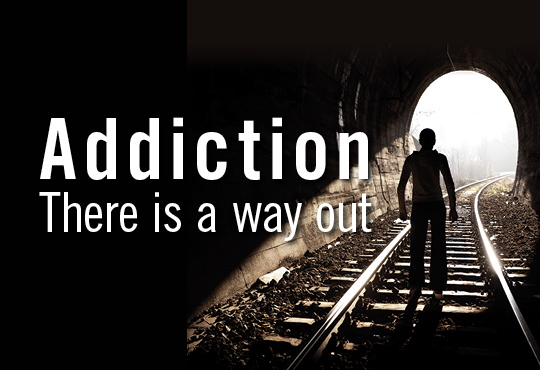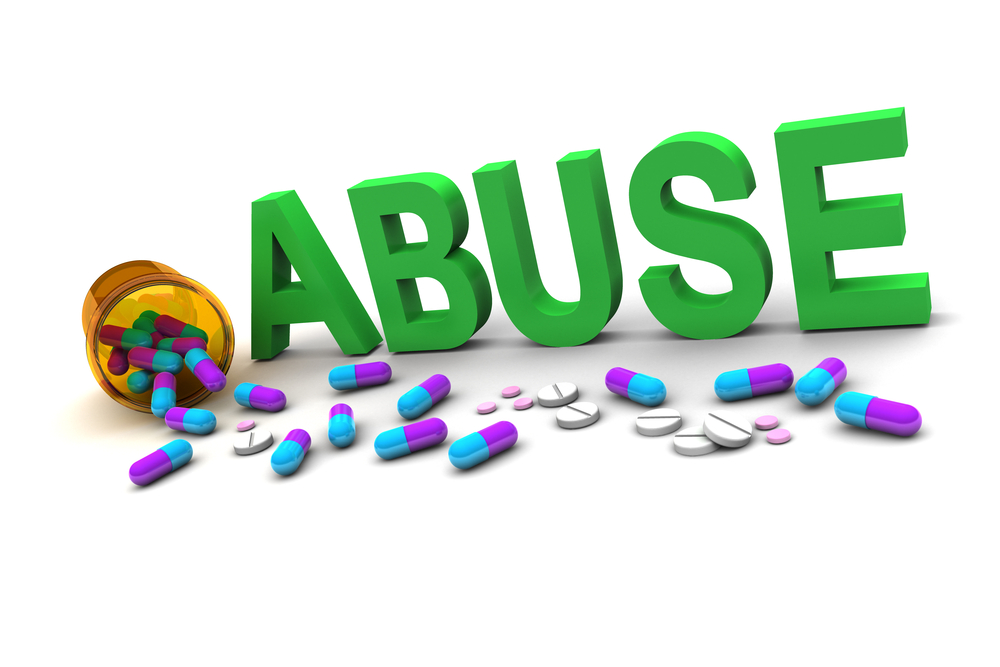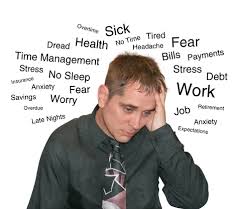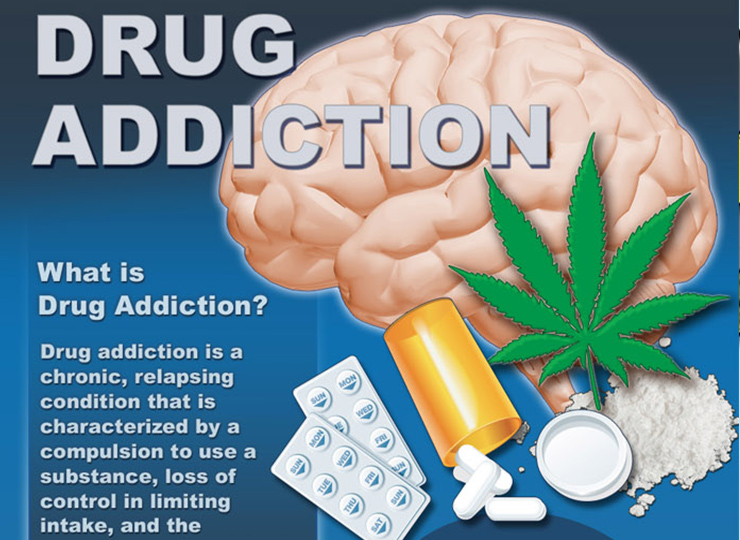Relapse combine with withdrawal symptoms

Relapse combine with withdrawal symptoms can be discouraging but all the same, pick up the pieces and keep focusing on the bigger goals
Relapse combine with withdrawal symptoms: Addiction treatment approaches
When the first obstacle of denial is contained and both direct and indirect victims consent that there is a problem that needs fixing, you can always say that this marks the beginning of the recovery journey. It is much easier to enroll an individual who is ready to be helped and knows why he or she is going through the rehabilitation process. However, the one who is still rooted in denial and non-acceptance of the real situation in his or her life is difficult to help. Nevertheless, upon defeating the problem of denial, treatment can now begin. Moreover, much as we would wish that it be smooth all the way, this is not always the case says doctor Akoury. Along the way, there will be other obstacles relating to relapse combine with withdrawal symptoms which can occur at any time during and even several years after rehabilitation.
Relapse combine with withdrawal symptoms: The many dimensions of drug abuse and addiction
In the meantime, because drug abuse and addiction have so many dimensions that rearrange and disrupt so many aspects of an individual’s life, treatment is not often very simple. The point is that for an effective treatment program for this condition, it is necessary that the approach given be typical and accommodative thereby incorporating many treatment components with each component being directed to a particular aspect of the illness and its consequences. The objective of any addiction treatment must always be clear that it must help the individual stop using drugs, maintain a drug-free lifestyle, and achieve productive functioning in the family, at work, and in the society. In spite of this says doctor Akoury that because addiction is typically a chronic disease, ordinarily people cannot simply stop using drugs for a few days and be cured? Therefore in many cases, ideally most patients will require long-term or repeated episodes of care to achieve the ultimate goal of sustained abstinence and recovery of their lives. That is why the problem of relapse and withdrawal symptoms are always a major threat to the recovery process. That is not to scare you of anything but just to inform you that when such happens, it is not the end of the road for you. Relapse is normal and when it happens, the most important thing is how you quickly pick the pieces and bet back on the ruck.
Finally, just to instill the spirit of hope in you, whenever you fall to the temptation of cravings it is very important that you pick up and seek help in the event that you are being overwhelmed. Remember that the doors of AWAREmed Health and Wellness Resource Center under the able leadership of doctor Dalal Akoury, are always open for you anytime any day. All you need to do is to make a phone call to doctor Dalal Akoury to schedule an appointment and your concerns will be addressed professionally and timely.
Relapse combine with withdrawal symptoms: Addiction treatment approaches








